What Are the Different Welding Processes?
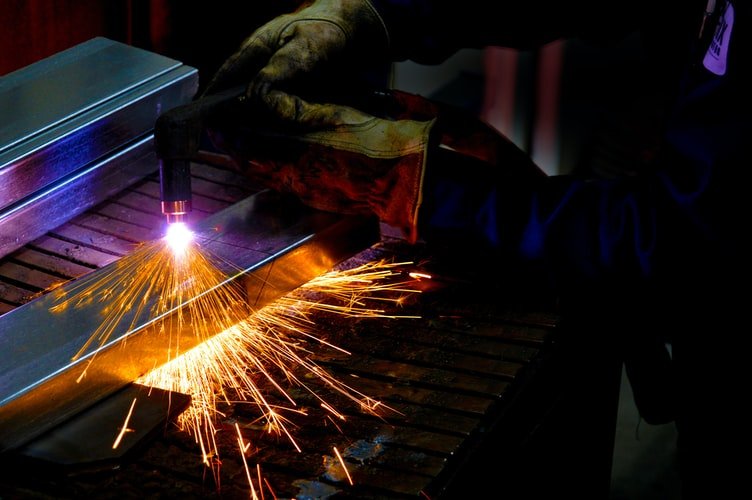
Table Of Contents
There are multiple types of welding processes available. Different industry professionals will choose the method according to their requirements. But most industry professionals are
looking for a process that fits under their budget and produces the desired output.
With advances in technology changing the welding industry and automated processes become much more commonplace, it can be difficult for those starting or those looking to purchase new machinery to know exactly! What they should be looking for.
5 Various Welding Process:
Below are breakdowns of the different welding processes. Regardless of which you think may be right for your business, there will be equipment and machinery for you at hotairtools.com. The industry professionals have information about different welding methods and products that will produce the maximum number of goods.
Here are the names of five different welding processes which are used in the industry.
1. Manual Welding
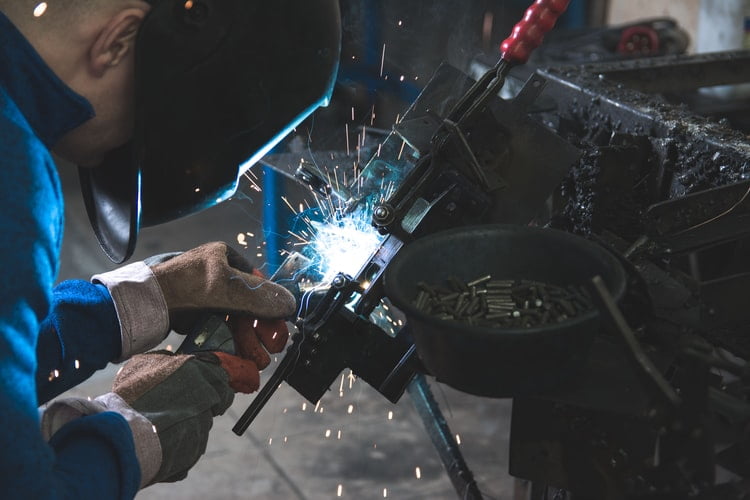
This is one of the oldest practices but is still frequently used today, especially by smaller businesses. During this process, the welder will be in charge of the entire operation, performing the whole thing by hand. These welding processes have only one drawback: a less number of productions. Other than this is the most convenient way.
Where this method has benefits in that it allows for more creativity in the creation, this is much more hands-on because the welder does all of the work manually. There is also much more room for injuries given how physically demanding it can be.
2. Semi-Automated Welding
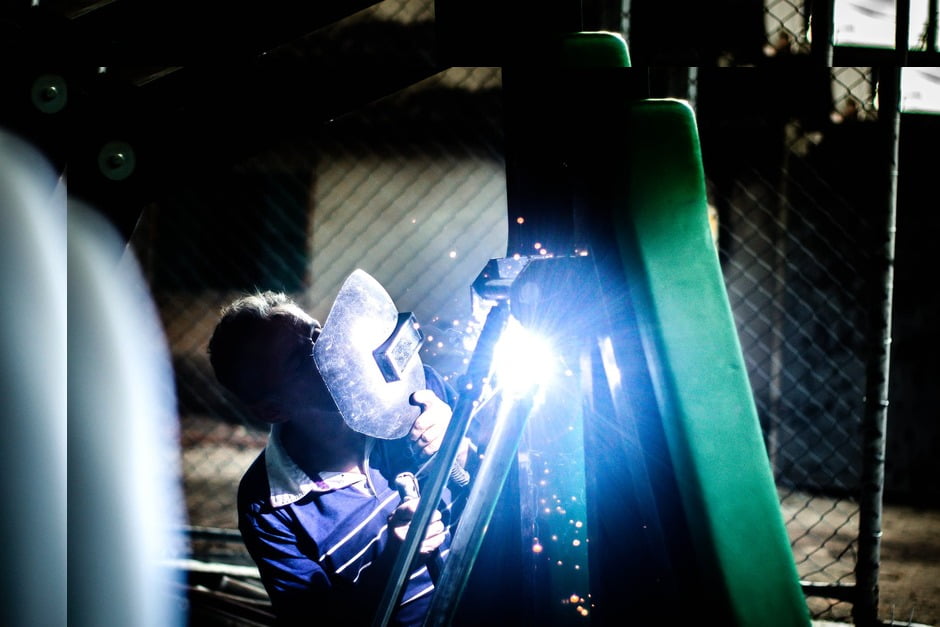
Automated welding has been increasing in popularity in recent years, especially given the recent coronavirus pandemic, as there has been a push for limited human contact in work. Semi-automated welding has a huge machine focusing system, but a skilled welder still controls part of the work.
Semi-automated welding processes are not very expensive. This process can be installed in the starting or before the finishing. As well as you have to keep an eye on the machine to ensure the work is being carried out correctly.
3. Robotic Welding

On the other end of the spectrum of automated welding is that of robotic welding. This does not require any input from the welder. This welding process is like a small factory. An automation system is installing your entire welding work and is operating through computer programming.
It comes with many advantages, including output and quality, as the machinery can carry out beyond human levels of accuracy. At the same time, the welder merely watches on to ensure the process is running smoothly. For the robotic welding process, the maintenance of the machinery is quite an important task.
4. Machine Welding
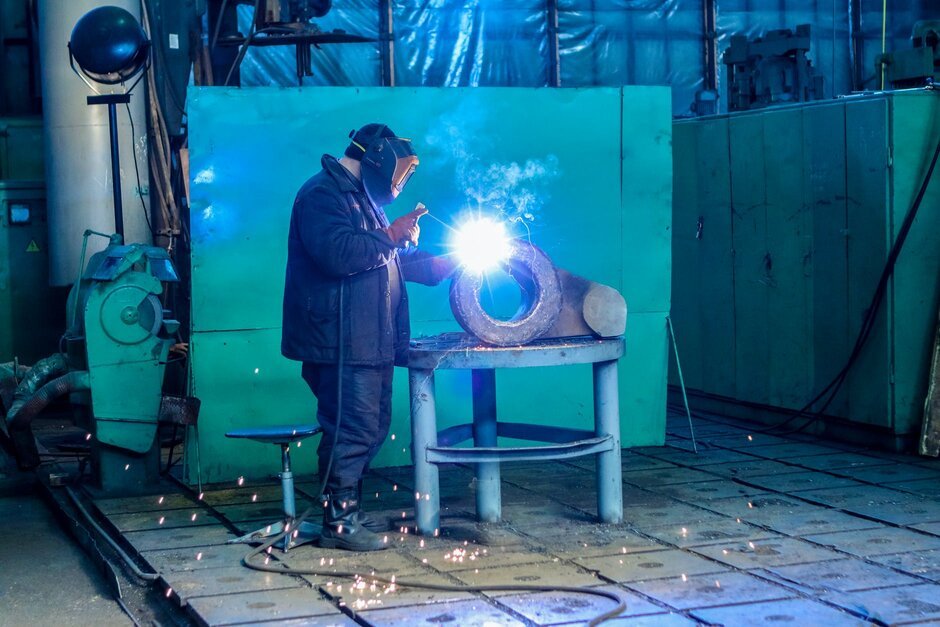
Machine Welding (similar to semi-automated welding) is welding that requires human intervention to manipulate or adjust changes to the machinery or equipment in light of the welding conditions.
Usually, machines are incorporated into this process as the gun, torch, or electrode will be held by a mechanical device, usually a robot. The instructions could dictate the changes to the process. These commands are going to be required for machine production. The visual changes picked up by the human welder watching the process.
5. Automated Welding
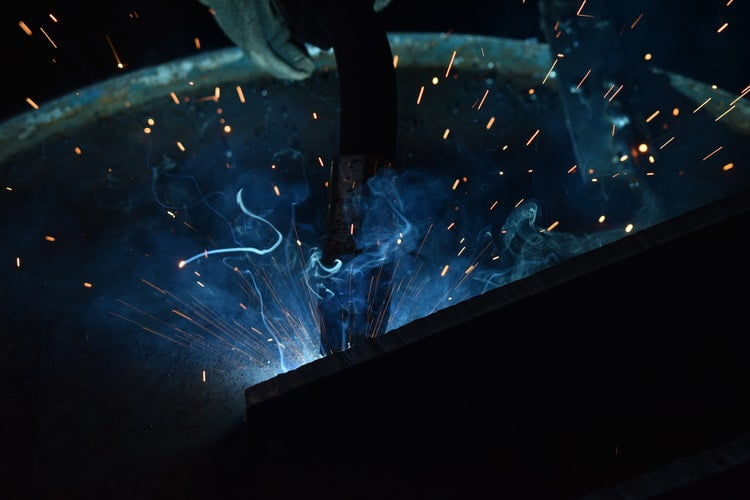
This process still requires some human interaction, but the amount of interaction is minimal. It is usually limited to the likes of starting the machine and then checking it for any potential defects. Automated welding is a little bit different than robotic welding. The entire welding process and the packaging are completed without the human touch.
These processes do not require much (or any) human interaction. Therefore, they are largely beneficial to big corporations. In addition, because products are created at a high rate that matches their requested output, less money is spent on the welders’ training because the machine works automatically.
Conclusion:
When you are setting up a new business, the manual welding process is the most convenient way. Most startup business people choose either manual or semi-automatic welding processes. But as your business starts to grow for mass production, automatic PLC operated machines installations are compulsory. More production means more profit chances, so upgrades will also require as your business starts to expand.
Read Also:
Tags:
You May Also Like

October 19, 2022
How To Setup 1and1 webmail To Your Gmail Account?

October 3, 2020
Easy Ways to Improve Your Supply Chain System

December 14, 2023






















